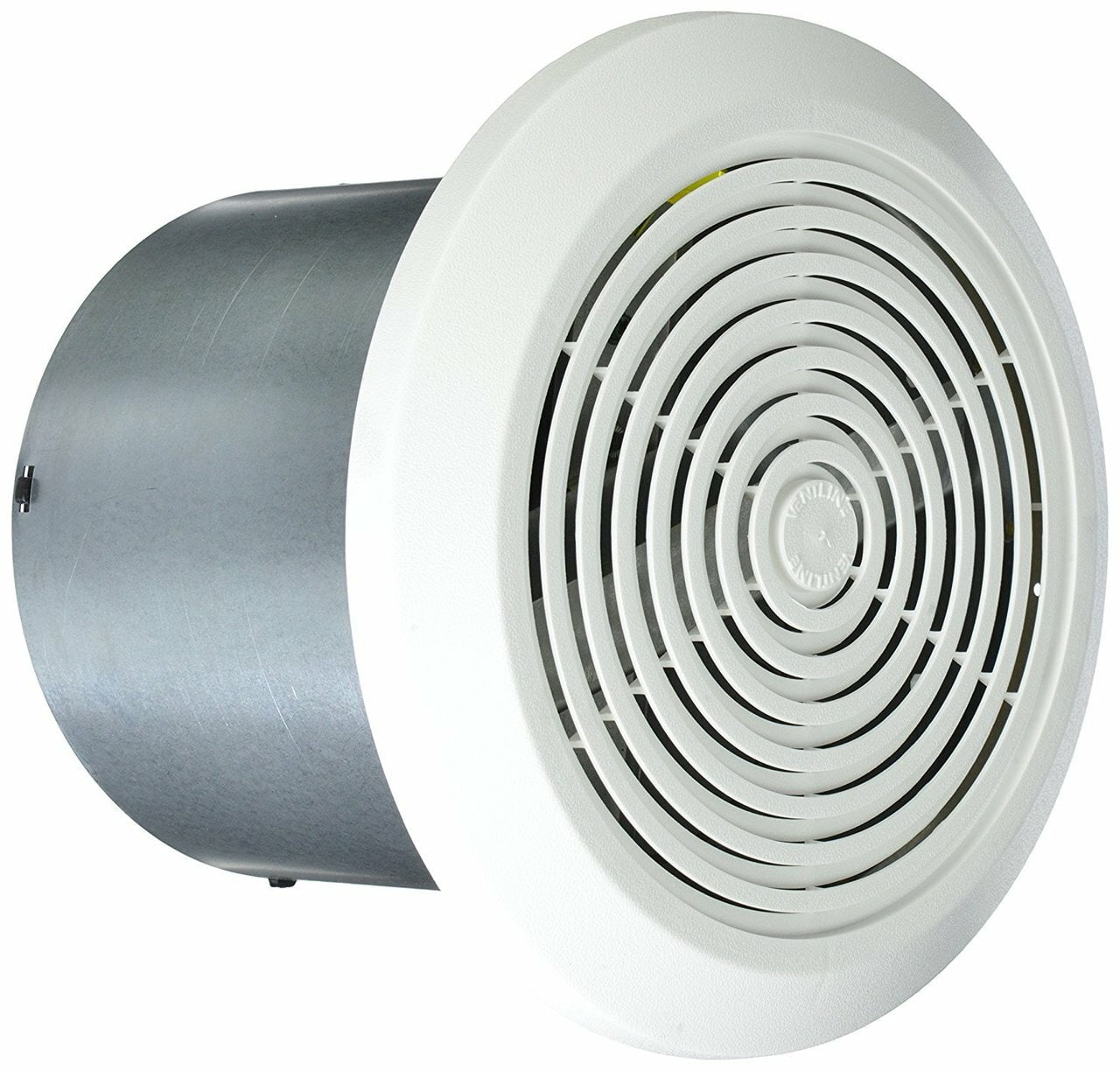Bathroom Exhaust Fan Hole Size

Exhaust fans are crucial for maintaining healthy indoor air quality in bathrooms. Building codes and industry standards establish specific requirements for bathroom exhaust fan hole sizes to ensure proper ventilation and safety. Understanding these codes and standards is essential for homeowners, contractors, and building inspectors.
Bathroom exhaust fan hole size is important for proper ventilation. But let’s take a break from that and check out this dope j cole wallpaper. It’s perfect for fans of the legendary rapper. Now, back to bathroom exhaust fan hole size: it should be big enough to allow for proper airflow and prevent moisture buildup.
Building Codes and Industry Standards, Bathroom exhaust fan hole size
Building codes set minimum requirements for exhaust fan hole sizes based on the size of the bathroom. For residential buildings, the International Residential Code (IRC) requires a minimum exhaust fan hole size of 50 square inches (sq. in.) for bathrooms with a floor area of 50 sq. ft. or less, and 100 sq. in. for bathrooms larger than 50 sq. ft. The National Electrical Code (NEC) also specifies that exhaust fans must be sized appropriately for the volume of the bathroom.
Commercial buildings have different exhaust fan hole size requirements. The International Building Code (IBC) requires a minimum exhaust fan hole size of 100 sq. in. for bathrooms with a floor area of 100 sq. ft. or less, and 200 sq. in. for bathrooms larger than 100 sq. ft.
Bathroom exhaust fan hole size matters, especially if you want to upgrade to a more powerful model. A bigger hole allows for a larger fan, which can extract more air and moisture from your bathroom. If you’re looking for the most powerful bathroom ceiling extractor fan, I recommend checking out this one.
It’s got a high CFM rating and a quiet operation, making it a great choice for any bathroom.
Implications of Not Meeting Code Requirements
Failing to meet building codes and industry standards for bathroom exhaust fan hole sizes can have serious consequences. Inadequate ventilation can lead to moisture buildup, mold growth, and poor indoor air quality. This can pose health hazards to occupants and can also damage the building structure.
Additionally, not meeting code requirements can result in building permit issues. Building inspectors may require homeowners or contractors to correct any violations before issuing a certificate of occupancy.
Calculating the Right Hole Size for Your Bathroom

Calculating the right hole size for your bathroom exhaust fan is crucial for ensuring efficient ventilation. Here’s a step-by-step guide to help you determine the optimal hole size based on your bathroom’s specific requirements.
Determining the Hole Size
To determine the appropriate hole size, you need to consider the fan’s CFM (cubic feet per minute) rating and the volume of your bathroom. The formula for calculating the hole size is:
Hole Size (in square inches) = CFM rating / 100
For example, if your fan has a CFM rating of 100, you’ll need a hole size of 1 square inch.
Factors to Consider
In addition to the CFM rating and bathroom volume, there are other factors that can affect the hole size, such as:
- Ceiling height: Higher ceilings require larger holes to ensure adequate ventilation.
- Presence of other ventilation sources: If your bathroom has other ventilation sources, such as windows or skylights, you may be able to get away with a smaller hole size.
Installation Considerations and Best Practices

Installing a bathroom exhaust fan is not rocket science, but it does require some careful planning and attention to detail. Follow these steps to ensure a successful installation:
1. Choose the right location for the fan. The fan should be installed in the ceiling, as close to the center of the room as possible. This will help to ensure that the fan can effectively remove moisture and odors from the entire bathroom.
2. Cut the hole in the ceiling. The hole should be the same size as the fan housing. Use a sharp utility knife to score the ceiling and then carefully cut out the hole. Be sure to wear safety glasses when cutting the hole.
3. Install the fan housing. Insert the fan housing into the hole in the ceiling. Make sure that the housing is level and secure. Use screws to attach the housing to the ceiling joists.
4. Connect the ductwork. The ductwork should be connected to the fan housing and run to the outside of the house. The ductwork should be made of a rigid material, such as metal or plastic. Seal all of the joints in the ductwork with duct tape.
5. Install the fan motor. The fan motor should be installed inside the fan housing. Make sure that the motor is securely attached to the housing. Connect the electrical wires to the motor according to the manufacturer’s instructions.
6. Test the fan. Turn on the fan and make sure that it is working properly. The fan should be able to remove moisture and odors from the bathroom.
Troubleshooting Common Installation Issues
If you are having problems with your bathroom exhaust fan, there are a few things you can check:
- Make sure that the fan is turned on.
- Check the ductwork for any leaks. Seal any leaks with duct tape.
- Make sure that the fan motor is securely attached to the housing.
- Check the electrical connections to the fan motor. Make sure that the connections are tight.